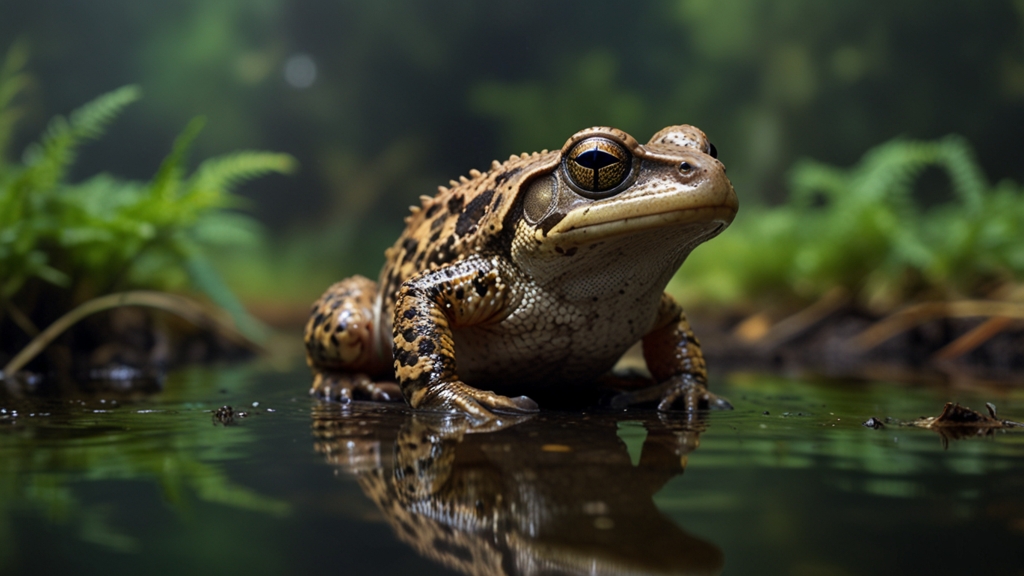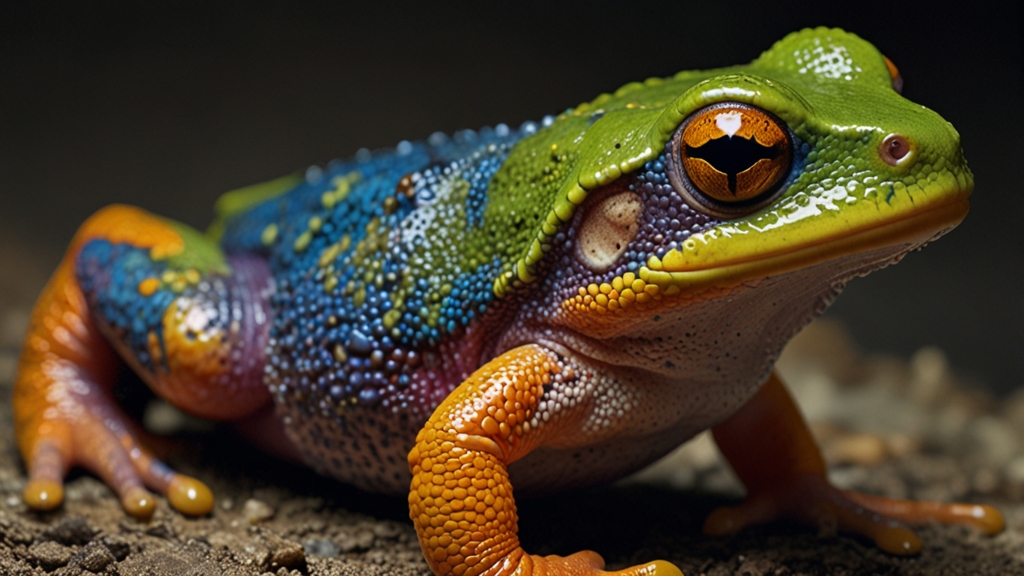Introduction to Amphibian Habitats
Amphibians, a group of cold-blooded vertebrates that includes frogs, toads, salamanders, and newts, are some of the most fascinating creatures on Earth. Their unique life cycle, which usually involves both aquatic and terrestrial stages, makes their habitats diverse and often quite specific. Understanding where to find these remarkable species involves exploring a variety of ecosystems ranging from tropical rainforests to temperate wetlands. This article delves into some of the most intriguing amphibian habitats and the species that inhabit them.
Tropical Rainforests
Tropical rainforests are home to the richest diversity of amphibian species. The warm, humid climate and abundant water sources create an ideal environment for these animals. In places like the Amazon Basin, Central America, and Southeast Asia, frogs like the brightly colored Dendrobates (poison dart frogs) and the tiny but fascinating Eleutherodactylus (rain frogs) can be found. These species are often adapted to unique niches within the rainforest, from the canopy to the forest floor.
"The Amazon rainforest supports an incredible array of amphibians, with over 1,000 species documented. Conservation efforts are critical in these areas due to rapid deforestation." - Dr. Maria Sanchez, Herpetologist
Wetlands and Swamps
Wetlands and swamps are another crucial habitat for amphibians. These areas provide abundant moisture necessary for breeding and the survival of larvae. North America's Great Dismal Swamp and the Pantanal in South America are two prime examples of wetland habitats bustling with amphibian life.
Species like the American bullfrog (Lithobates catesbeianus) and the marbled salamander (Ambystoma opacum) thrive in these environments. Wetlands often act as nurseries for these species, where the young can develop in relative safety before heading out to more diverse environments.
"Wetlands are not just important for amphibians but are also critical for flood control, water purification, and biodiversity. Protecting these areas means preserving a myriad of species." - Jane Goodall
Temperate Forests
Temperate forests offer a different kind of habitat that still meets the needs of many amphibian species. With a mix of both moisture and terrestrial space, species like the red-eyed tree frog (Agalychnis callidryas) and the European fire salamander (Salamandra salamandra) are well adapted to these environments.
The leaf litter and moist underbrush provide perfect hiding spots and feeding grounds for these creatures. Seasonal variations in these regions also play a significant role in the life cycles of temperate forest amphibians, influencing breeding and dormancy periods.
Mountain Streams and Lakes
High-altitude streams and lakes, with their fresh, oxygen-rich waters, create another enthralling habitat for amphibians. The Andes and the Himalayan mountain ranges host unique species that have evolved to survive in these colder, faster-moving water bodies.
The Lake Titicaca frog (Telmatobius culeus) is an excellent example of a high-altitude amphibian. It’s adapted to live in the cold waters of Lake Titicaca and is known for its distinctive loose, baggy skin, which helps in respiration at such high altitudes.
Desert Oases
Contrary to popular belief, deserts can also be home to amphibians, mainly concentrated around oases and other water sources. The spadefoot toads in the American Southwest, for example, have adapted remarkably well to arid environments. These toads burrow underground to escape the heat and emerge during the rainy season to breed in temporary pools.
"Adaptation is the key to survival in extreme environments. The way desert amphibians manage to thrive where water is scarce is nothing short of astonishing." - David Attenborough
Conclusion
Amphibians are among the most adaptable and diverse groups of animals, occupying a vast range of habitats across the globe. From the dense humidity of tropical rainforests to the scarce water sources in arid deserts, each species has carved out its unique niche. However, these habitats are increasingly threatened by human activities such as deforestation, pollution, and climate change. Conservation efforts are vital to ensuring these fascinating creatures continue to thrive in their natural environments.
Exploring amphibian habitats not only provides insight into the lives of these remarkable animals but also underscores the importance of preserving diverse ecosystems that are crucial for their survival.










